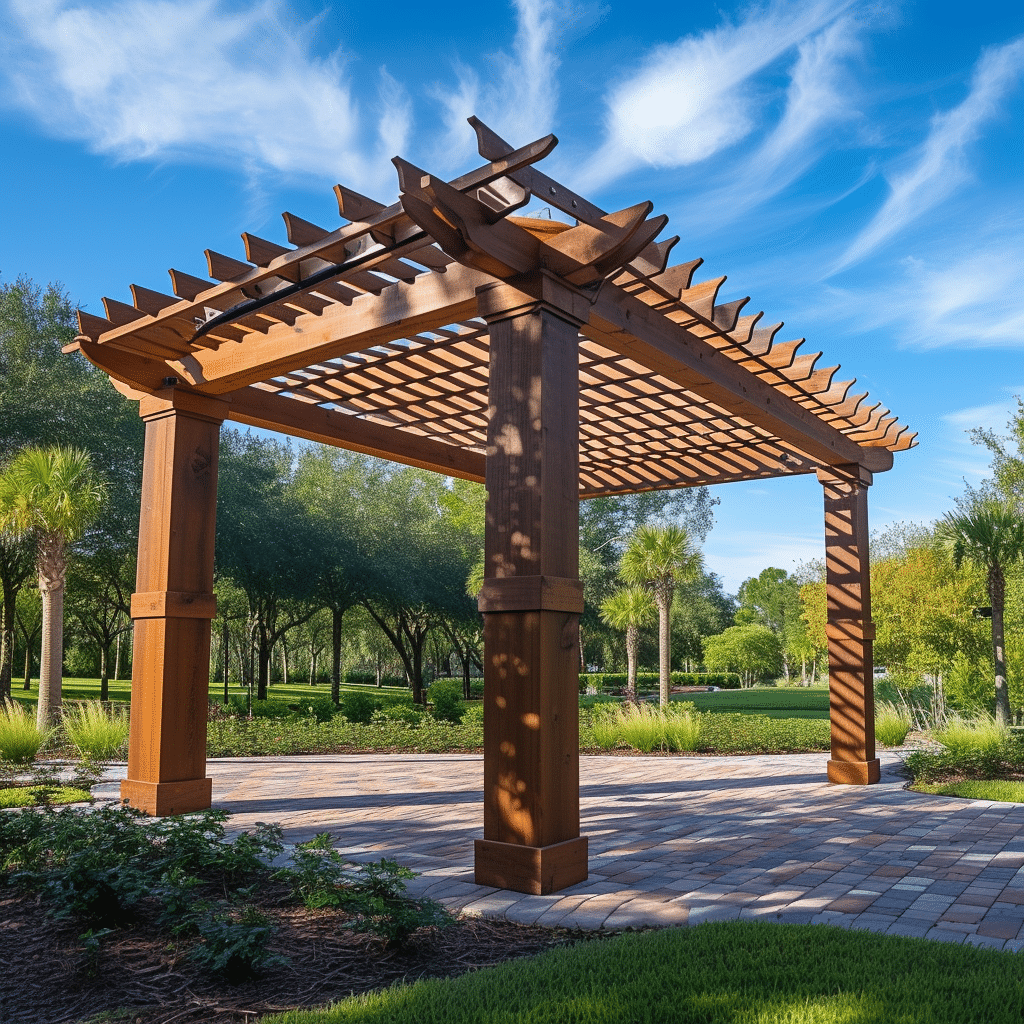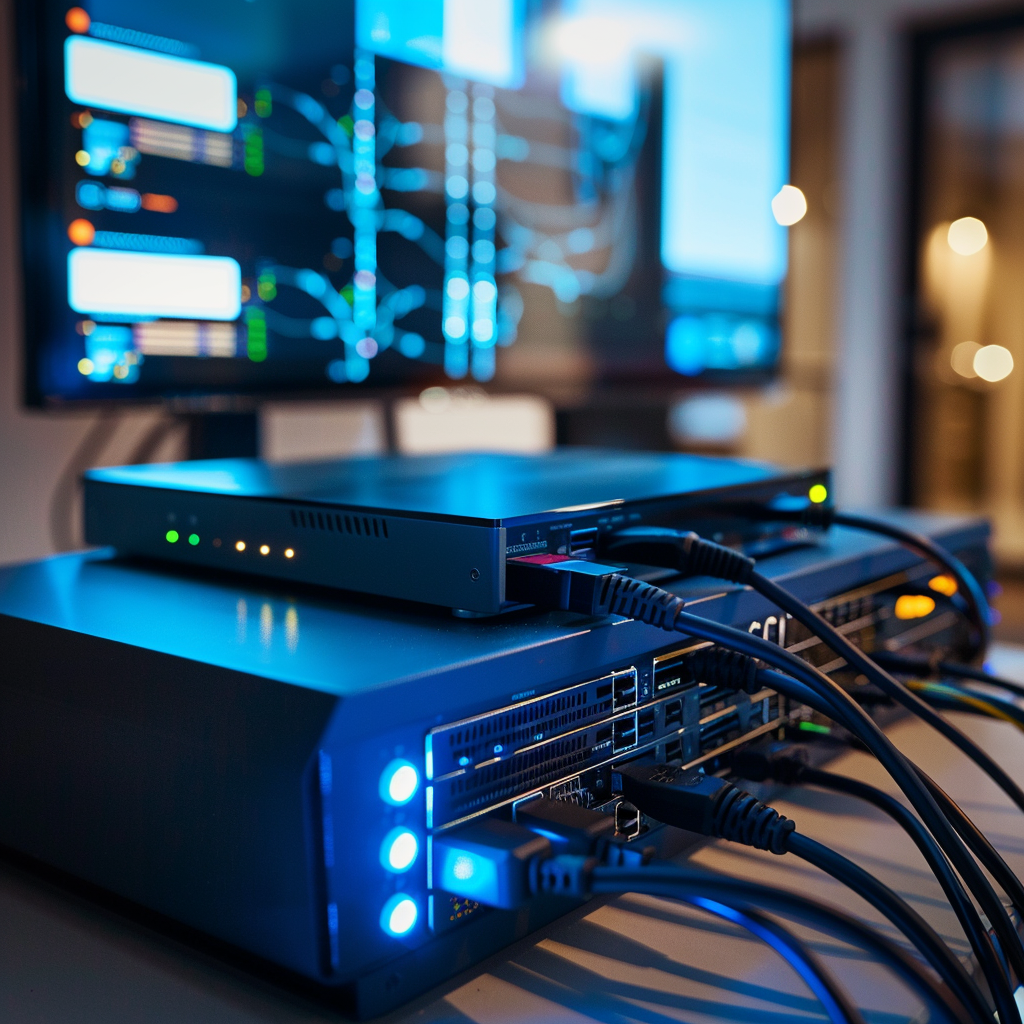Let’s play a game of “Truth or Dare”. Truth, every law firm needs a website. Dare, try to get ahead without a strong online presence. We bet you don’t want to take that dare! In today’s digitized world, it is no more a secret that your online visibility is a game-changer. But, what makes your law firm visible to potential clients? The answer is: Lawyer SEO. Just setting up a website is not enough; you must ensure it appears on the first page of search results. But why, you might wonder? Well, according to research, 75% of people will never scroll past the first page on a Google search. Frightening, isn’t it? But, don’t panic! That’s where Lawyer SEO comes in to save the day.
Unraveling the Power of Lawyer SEO
Wait a minute…SEO? Sounds a bit technical, huh? Well, Think of SEO (Search Engine Optimization) as your online GPS, guiding potential clients straight to your law firm’s website. Lawyer SEO refers to the application of SEO strategies specifically designed for attorneys. Now, imagine your website as a signboard. Without SEO, it’s like having that signboard in a dark alley. But with proper SEO, it’s like placing your signboard on a busy street, visible to everyone passing by. Sounds terrific, right?
A Preview of Lawyer SEO Services
Think you need to be a technical whiz to implement Lawyer SEO? Not at all! There are professional Lawyer SEO Services that can turn the digital spotlight on your law firm. They will conduct keyword research, optimize your website’s content, and ensure it is mobile-friendly. They even take care of local SEO to attract clients in your vicinity. These services can drive a consistent stream of potential clients to your website, making it an essential part of your overall marketing strategy. So, what’s the real deal? With Lawyer SEO services, your website becomes a client magnet!
Why choose SEO for Attorneys?
Now, we hit the million-dollar question: Why choose SEO for attorneys? Well, the answer is simple: to reach the right people at the right time. We are living in an era where most people turn to search engines like Google for answers. If your law firm’s website ranks high in search results, it can become your most potent lead generator. Every click is a potential client. So, don’t you think it’s time you started investing in SEO for attorneys?
Crafting Victories with Law Firm SEO
Law firm SEO is not about quick wins; it’s about long-term success. When your law firm’s website ranks consistently high in the search results, you build trust and credibility with your present and future clients. Moreover, law firm SEO gives you an edge over your competitors by making your website more visible, accessible, and user-friendly. Just like a well-argued case can win you a verdict in court, a strong online presence powered by law firm SEO can win you clients on the digital battleground. So, isn’t it time to let your law firm enjoy the spotlight it deserves?
Lawyer SEO Services
Address: 7 Skyline Dr Suite 350, Hawthorne, NY 10532 Phone: 1 212 202-3214
Conclusion: Embrace the Digital Age with Lawyer SEO
So, ready to crush it in the digital arena? Lawyer SEO is your secret weapon. The future is digital, and your law firm needs to secure its place in that future. after all, it’s not about being on the web, but being found on the web that matters. So, who’s ready for a game-changing move? Then, let’s embrace the digital age with lawyer SEO!




